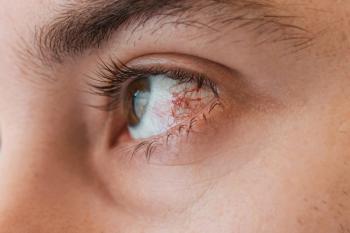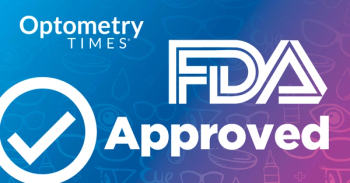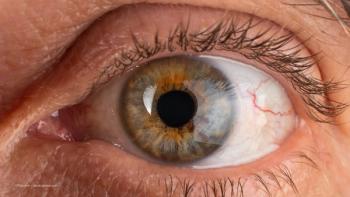
President of Verséa outlines new ophthalmic tech
Rob Sambursky, MD, president of Verséa Ophthalmics, sat down with David Hutton of Ophthalmology Times to discuss 3 major developments in the company pipeline.
In an interview with Ophthalmology Times, Rob Sambursky, MD, president of Verséa Ophthalmics, reviewed the company’s latest product updates. A hybrid, next-generation amniotic membrane and two diagnostic tests join Verséa’s portfolio.
Listen to the interview and read the transcript here:
Verséa Ophthalmics aims to revolutionize eye care via innovative solutions for diagnosis, treatment and management of ocular surface diseases. Their novel, point-of-care, tear-based diagnostics and regenerative therapeutics aim to enhance patient care and clinical management.
Hybrid next-generation amniotic membrane
The Biovance 3L Ocular is a triple-layed decellularized, dehydrated human amniotic membrane. Despite having 3 layers, the membrane is 45 microns thick and does not feature a ring, unlike competitors. It was designed for easier handling and increased patient comfort.
Diagnostic testing
Developed in exclusive partnership with AXIM Biotechnologies, Verséa’s point-of-care lab-testing platform consists of a portable multifunctional digital read and two specific tear-based quantitative biomarker tests to diagnose ocular surface disease rapidly, accurately, and non-invasively. Both tests take 10 minutes or less.
Allergen-specific immunoglobulin E test
Immunoglobulin E (IgE)testing helps to differentiate between allergic conjunctivitis from other forms of conjunctivitis. Because IgE is a biomarker for allergic conjunctivitis, testing for it can remove the guesswork from the diagnosis.
The level of IgE found in tear fluid increases correlatively with the severity of allergic response. This may be helpful for clinicians to provide an appropriate solution to their patients.
“I like to think I'm a good cornea specialist, but despite that, it is really relatively impossible to differentiate mild, allergic conjunctivitis from dry eye, and it can be really challenging to differentiate an acute allergic conjunctivitis from viral conjunctivitis,” said Sambursky. “So this test will be incredibly helpful.”
Quantitative lactoferrin test
Measuring ocular lactoferrin as a biomarker has been the standard option for assessing the secretory function of the lacrimal gland. This test identifies patients with low lactoferrin, which suggests the patient has an aqueousdeficient dry condition and allows for clinical differentiation from evaporative dry eye disease (DED).
At the end of the day, the goal is to elevate care for patients.
“Well, I think that from a diagnostic standpoint, it's really allowing more personalized medicine,” said Sambursky. “I think the more information a clinician has, the more targeted the therapy can be. And ultimately, that should be our goal to match the therapy with the condition.”
“And then from the amniotic membrane perspective, it's part of the continuum. When we have very advanced ocular surface disease, we want to be able to apply the best possible therapeutic intervention. And in this case, we think that we have one of the best amniotic membranes to help heal those complex, non-healing persistent epithelial defects that you see with advanced ocular surface disease,” Sambursky concluded.
Newsletter
Want more insights like this? Subscribe to Optometry Times and get clinical pearls and practice tips delivered straight to your inbox.









































